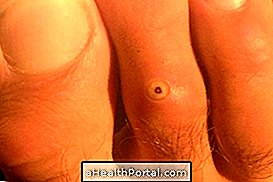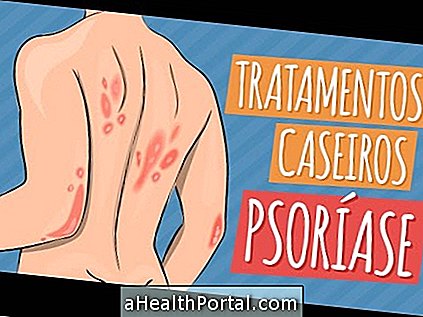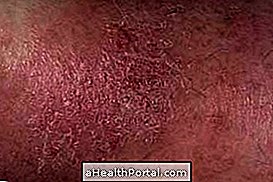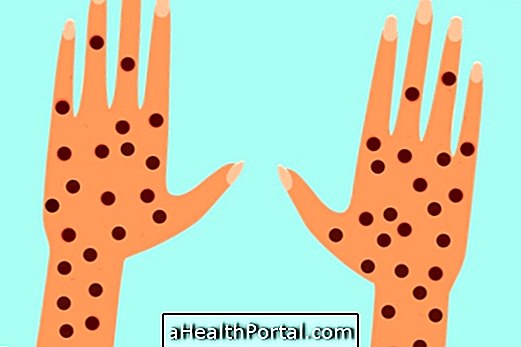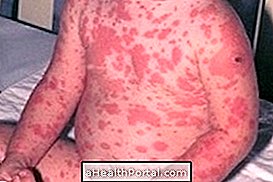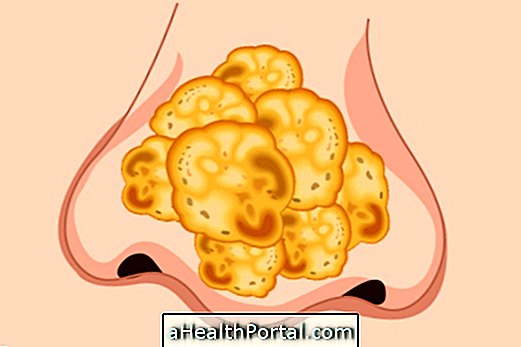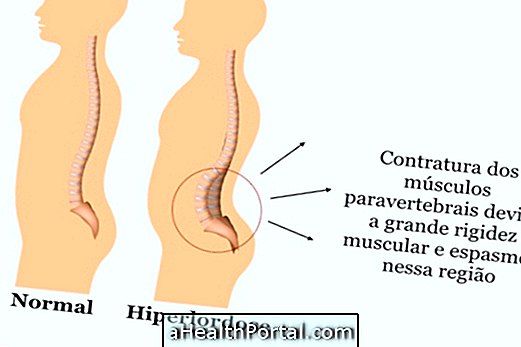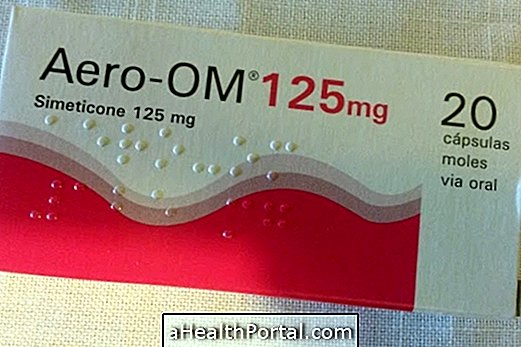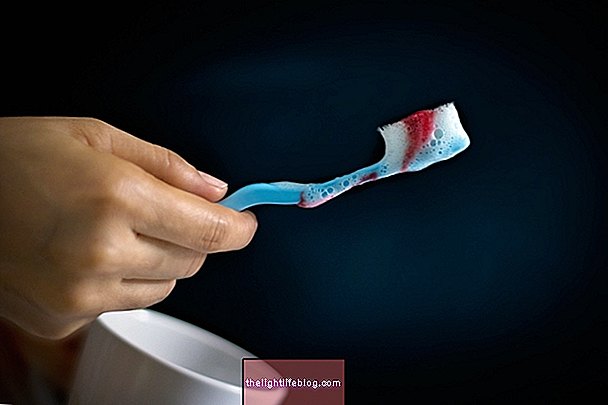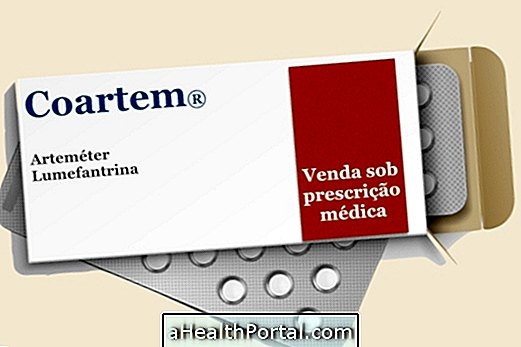Ringworm is a fungal skin infection that is very common in the groin because it is a region that accumulates heat and moisture more easily. It occurs mainly in men, although it can also occur in women, being frequent in people who play sports, who sweat a lot, obese or people with decompensated diabetes, because they are situations that facilitate the proliferation of bacteria in the folds of the skin.
To treat this infection, the general practitioner or dermatologist may indicate an antifungal remedy in ointment, such as Miconazole, Ketoconazole, Clotrimazole or Terbinafine. However, home treatments are indicated to facilitate recovery and prevent recontamination, such as using talc in wet wounds, drying well after bathing, not wearing tight clothing and never staying in wet underwear.
Tinea cruris is the most common type of ringworm in the groin, which is characterized by a reddish or brownish spot that itches and may have areas of scaling or blisters around the lesion.


Ointment treatment
The main form of treatment to stop groin mycosis is the use of antifungal ointments such as Terbinafine, Miconazole, Imidazole, Clotrimazole, Fluconazole or Ketoconazole, for example.
These medications may also be present in cream, lotion or spray forms, to facilitate application to the affected area according to the needs of each person, and should be used for 3 to 4 weeks, or as directed by your doctor.
In addition, there is also the option of antifungal tablets, such as Ketoconazole, Itraconazole, Fluconazole or Terbinafine, which are only indicated by the doctor in cases of very large lesions or when there is no improvement after correct use of ointments for 1 to 4 weeks.
Home Treatment Options
The home treatment of mycosis consists of measures that can be used together with the doctor-directed treatment, never replacing, as they prevent or aid in the recovery of infection more quickly. It consists of:
- Use talc, containing antifungals or not, to help dry secretive lesions and reduce skin friction;
- Do not wear clothes that are too tight or that cause friction of affected skin;
- Avoid heat and moisture;
- Wash the affected region with garlic tea solution several times a day;
- Make tampons with chamomile tea solution, about 3 times a day, if the infection has moisture;
- Do not stay in wet underwear ;
- Change your clothes daily and whenever you take a shower;
- Dry thoroughly with the towel after the bath, and do not share towels.
In addition, if there are animals in the house, it is important to observe them, since they should also be treated if they are with ringworm, to avoid reinfections.

Main symptoms
Symptoms of ringworm in the groin are usually the symptoms of the infection of the had cruris, characterized by:
- Reddish or brownish spot on the groin, looking like peeling;
- Itchy groin;
- Appearance of bubbles at the end of the stain.
In addition, if the symptoms are accompanied by intense secretion, wounds or foul smell, it may be Candida mycosis. Learn to identify and treat skin candidiasis.
How does contagion of mycosis in the groin
Mycosis in the groin usually appears due to the use of tight underwear, excessive sweating, poor personal hygiene, wearing wet underwear for a long time, shared use of towels, underwear or bedding, or having sex with an individual with ringworm. It is also common for an individual with athlete's foot to have ringworm on the groin by touching or touching their feet and then to the groin without first washing their hands.
In addition, the people most likely to develop this infection are obese people, since they have deeper folds, athletes, who often come in contact with sweat and moisture, as well as uncontrolled diabetics, who are more likely to develop infections and greater difficulties in healing.
